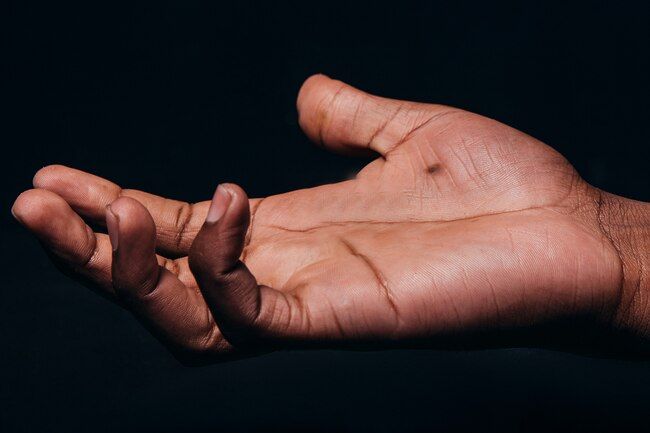Uncontrolled growth of melanocytes, pigment cells found in the epidermal layer of skin, is called a MELANOMA or skin cancer in simple terms. This growth may be
- Non-cancerous resulting in benign moles or freckles,
- Or it may be cancerous-in which case a melanoma result and is usually malignant.
According to a study in the US, it is currently the fifth leading cancer in men and the seventh in women. Melanomas are classified into various subtypes depending on their characteristics, appearance, and the age at which they occur:
- Superficial spreading melanoma
- Nodular type
- Lentiginous melanoma
- Acral lentiginous melanoma and
- Childhood melanomas are some of the examples of melanomas.

Talking about ACRAL LENTGINOUS MELANOMA(AML), acral means occurrence on palms of hands or soles of feet and lentiginous comes from lentigo meaning a pigmented spot. It is the most common type in a dark-skinned Asian population with genetics being the foremost etiological factor and targeting the male gender more than females. Older people are also at a higher risk.
Diagnosis of Acral Lentiginous Melanoma?
APPEARANCE: Spots of AML are characteristically darker in colour than the surrounding skin and are demarcated with a clear border. The colour may range from dark to reddish to orange. Being a malignant melanoma, it tends to increase in size and appearance. It usually begins as a smooth, flat lesion and gradually becomes rough to touch, ulcerated, and discoloured. However, in 2-8% of cases, they appear amelanotic.
SITE: AML appears on non-hair bearing surfaces of the body- these include palms, soles, nail beds, and oral mucosa. On palms and soles it has a typical appearance of a painful dark spot with irregular border while under the nail, it presents as a dark, narrow stripe.
Although, there’s no specific way to prevent this condition early diagnosis with the help of the signs as mentioned earlier and biopsy followed by immunohistochemical studies can make the treatment favorable.
Management of AML
There are several options available today when it comes to treating AML. What treatment is to be provided depends on the staging of the melanoma done after lab studies. For melanoma in situ or level 1 stage, excisional biopsy, as a part of the diagnosis, can be done to remove the entire lesion along with a 3-5mm margin of normal tissue provided that the lesion is small in size. This, in turn, is proceeded by regular follow-up to detect any recurrences.
For cases with the advanced stages of melanoma, other attractive treatment modalities are available. This includes oncolytic virus therapy which is suggested to have a high therapeutic potential. Oncolytic virus works Echoby not only destroying the tumor cells but also induces an immune response by the release of cancer antigens and pathogen-associated molecular patterns (PAMP). Oncolytic virus therapy after surgery has been reported to lower the mortality rate of ALM patients. It is administered intramuscularly for 3-4 years in a cycle of decreasing doses. The ease of administration is a favorable factor. Further study is still being done to improve the understanding of oncolytic therapy.
To combat this aggressive melanoma, early diagnosis, and prompt treatment by the concerned department with follow-up is the key.
References:
https://dermnetnz.org/topics/melanoma/
https://www.aimatmelanoma.org/melanoma-risk-factors/melanoma-in-people-of-color/acral-lentiginous-melanoma-alm/
https://www.podiatrytoday.com/acral-lentiginous-melanoma-what-sets-it-apart
https://www.ncbi.nlm.nih.gov/pmc/articles/PMC3835096/
https://www.ncbi.nlm.nih.gov/pmc/articles/PMC6557159/
http://www.pcds.org.uk/clinical-guidance/acral-lentiginous-melanoma-including-subungual-melanoma#!prettyPhoto
https://www.rigvir.com/science/clinical-studies.php





